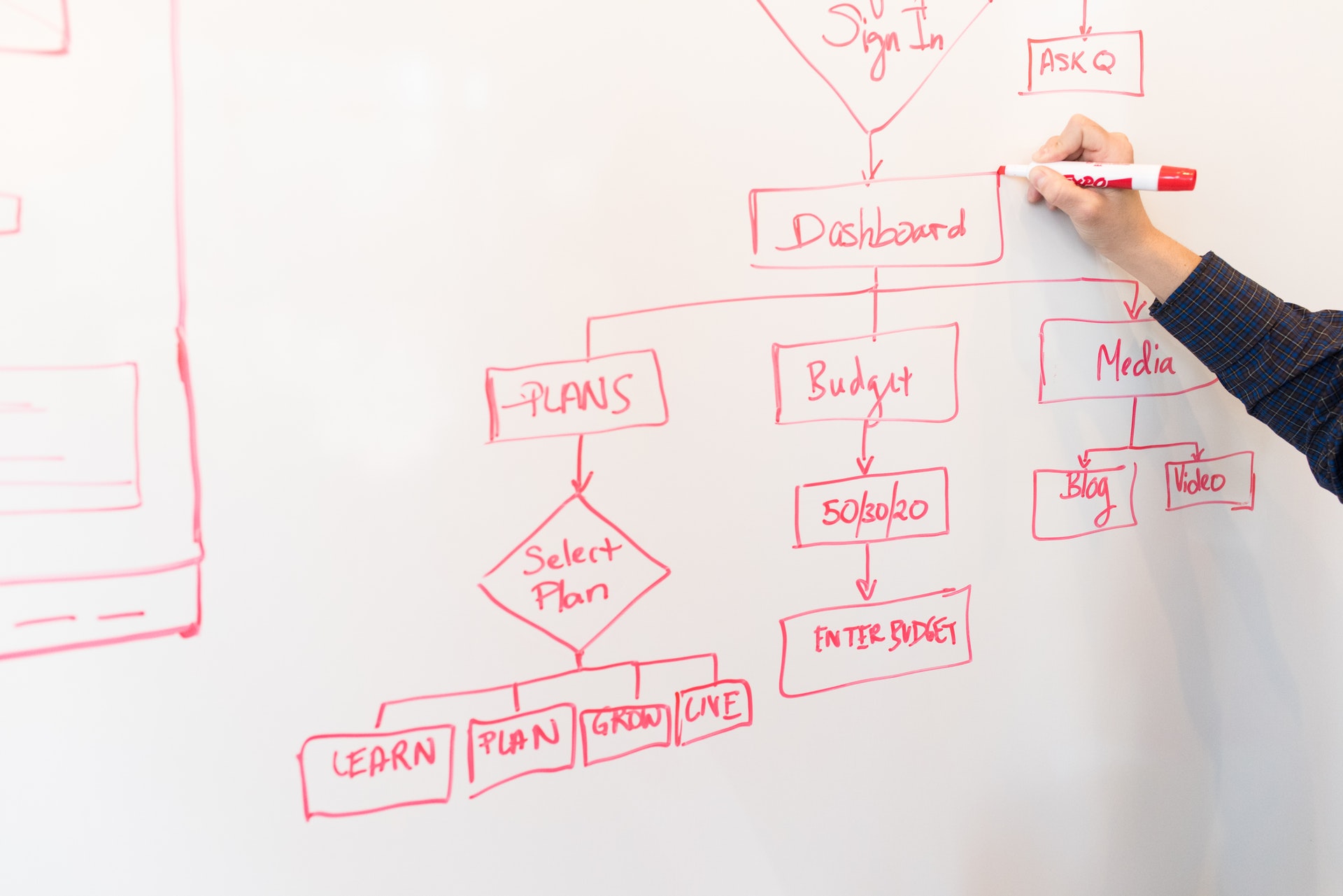Federal Enterprise Architecture Framework (FEAF): Collaborative Planning Methodology (CPM)
Business and technology resources are aligned using Enterprise Architecture (EA) in order to achieve strategic results, improve organizational performance, achieve Cost Optimization and Operational Excellence, and guide departments to fulfill their central missions more efficaciously.… Federal Enterprise Architecture Framework (FEAF): Collaborative Planning Methodology (CPM)











